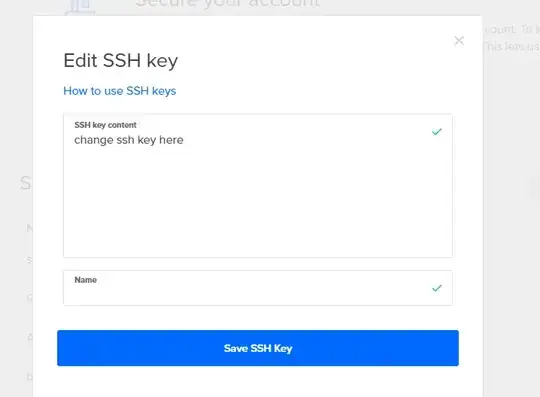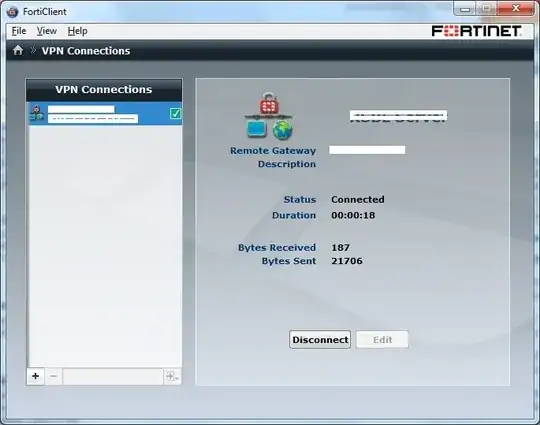I am currently replacing an Windows "Small Business Server 2008" with a new machine running "Windows Server 2016". The server functions as a Domain Controller and fileserver. One of the many problems I am facing comes when disconnecting Clients/Users from the source server and reconnecting them to the target Server. The target server already is a member if the domain (I believe even has some sort of DC powers) but has not replaced the old SBS in that regards yet.
I have one case where running the Windows Server Essentials Connecter (server is a ServerStandard Edition though) tells me
- the Computer can not connect to the server under the current Username/password
and suggests to...
- rename the computer or alternatively to remove the conflicting account
renaming the computer didn't help so I am confronted with the suggestion to remove the account. I guess you go to the Server's Dashboard (or SBS Console) and remove the account. There is no data of users being stored on the server actually but still I am hesitant to do that because I do not want to destroy anything. As I do not have any pre-existing experience with Windows Server, nor what a Domain or AD actually does and likewise would like to hear some feedback on this here. Would it be an option do disable the problematic account rather then removing it.
Actually I expect when I remove the old account. Create a new one same name) and then try to connect from the Clients machine at least a new local profile (of the same name probably) is going to be created, so the user looses all his Settings, bookmarks, links to Outlook datafile and the entire look'n'feel. Is that something I can somehow avoid?
- which of the 2 current servers would be the one to use for removing the account if I have to? The (to-be-replaced) "SBS" or the new "Server 2016"? Maybe it doesn't matter because the account is not on that machine but on the domain (which is a logical rather then a physical unit)?
EDIT: the new SERVER 2016 has been promoted to be a domain controller (so currently there are 2 DC's in the domain) and as per my understanding I am into a so called 'grace period' which allows 21 days until I remove the old SBS (or at least somehow declare the new server to be the 'main' DC (sorry if terminology is not 100% accurate)
In the SBS Server Manager I can see both servers listed as DC's and I find Computers in >Active Directory Users and Computers >MyBusiness >Computers > SBSComputers
The Server 2016 Servers Dashboard & Server Manager however I can only see one server (not the old SBS machine which still should be the 'main' DC) and only one Computer (which is my own one & the only one that thus far has been 'married' to the server with the Server Connector (the one you get by browsing to http://[servername]/connect), so that is logical to some extent, but would not give me much options to remove a computer (as the computer which can not be connected is not listed as a computer on any of the 2 servers)
EDIT 2: In the meantime I have removed the problematic Computer Account, but that has not helped much. I am confronted with a different error message which does not seem to make much sense to me.
"This computer is connected to a different Windows server network. In order to connect the computer with the Windows Server Essentials network the Computer has to be disconnected from the current network"
I can ping the computer in question. It receives an IP address from the SBS server. So I am not certain what to draw from this.
A new approach has been introduced here. Basically it says connection problem may be caused by group policies not bein updated on the target Serer and the command to check on this (GPRESULT /R) shows the source server instead of the destination server as "group policy was applied from:".
I am advised to run gpupdate /force in order to fix that. I am hesitant because I have not set any group policies in the new server whatsoever. Actually I barely have heard the term before, so I'm not sure whether this will do any good unless there may be default Group Policies which are worth to be forced upon the target server.

